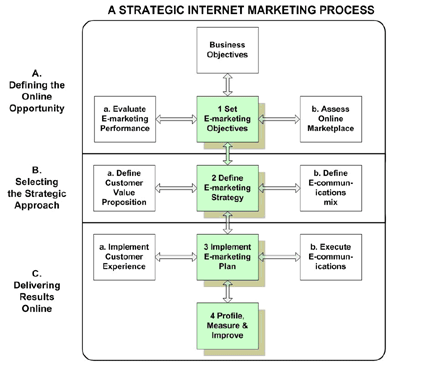Strategic marketing models can be pretty complex. Don’t believe me? Here’s a strategic marketing model by Hooley, Piercy and Nicoulaud. Not exactly a lighthearted summer read! 
To simplify the strategic marketing process is the BASIC marketing model by Roger Brooksbank. Even simplified, it can be difficult to understand for managers who haven’t been at university for years. If you need a refresher, here’s how the model goes:

See, it’s a lot easier on the eyes! It is linear and follows a clear order – you don’t need directions and a roadmap to get through it.
As easy as it is to follow visually, understanding it takes a little bit of theoretical know how. Firstly a marketing philosophy is a way of doing business. It involves adopting a business philosophy in which your company is committed to creating value for customers. You can easily expect such a marketing-biased ideology to come from a marketing model!
Next it helps to understand the difference from aims and tasks. At first they seem like one and the same like objectives and outcomes. Aims are what you would like to achieve – tasks are how you would like to achieve it.
The model follows a fairly standard layout for marketing and management models. It’s logical in that you don’t implement the plan before thinking it up. So if you have a general idea about management models, you should be good to go from here on!
In short, here’s how it goes:
Business-customerizing phase: Show me how to make the money. In this phase, your company redefines itself to have a marketing philosophy. Yes, this model was definitely created by a marketing expert with a marketing bias!
Analysing phase: Show me where the money is. In this phase, your company researches itself and it’s environment to know where to set up shop.
Strategizing phase: Show me how to get all the money. In this phase, you get the specs on your strategy.
Implementation phase: Give me the money. This is probably the most exciting phase for a manager – seeing your strategy come to life.
Control phase: Reimburse the money. Now it’s time to do a little damage control. This is also great for future proofing your strategy.
Unfortunately this model isn’t new and sparkling. Originating from 1996, it’s nearly twenty years old. But does that make it irrelevant to marketing strategies today? No, not at all!
The theories can absolutely still be applied to strategies today. However they may not be applicable to your business. If your business is large, diversified or has multiple product lines, this model is fairly irrelevant. In fact, it even states in the beginning “this article focuses on marketing planning as it relates to small businesses.”
As easy as it is to follow visually, understanding it takes a little bit of theoretical know how.
Verdict: This model is still applicable to managers. The theories are simple to follow and incredibly applicable.
